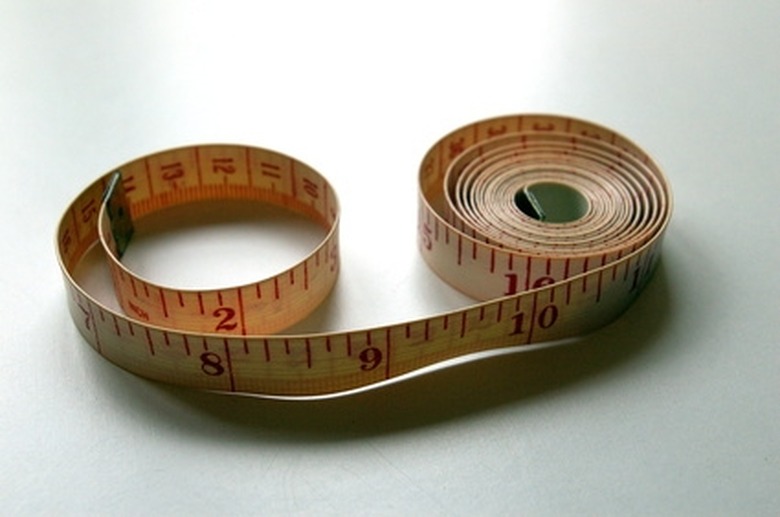How To Convert A Cubic Meter Bar To Joules
Learning to convert a cubic meter bar to joules helps you to solve physics and engineering problems. Frequently, physical quantities are measured, or simply given in a problem, in units that don't match your needs. Such occurrences call for unit conversions. A unit conversion involves multiplying or dividing by a ratio that states the relationship between two units. For example, 1 bar of pressure equals 100,000 pascals of pressure. The choice between multiplication or division is made so that the unit you want to replace divides out mathematically.
Step 1
Divide the number of cubic meter times bar to cubic meter times pascal by multiplying by 100,000. Assuming you start with 0.01 cubic meter times bar, you have 0.01 cubic meter times bar times 100,000 pascals per bar, or 1,000 cubic meter times pascal.
Step 2
Replace the pascal with the unit combination of newton per square meter, since a pascal equals a newton per square meter. The newton is a unit of force. Now you have, for the example, 1,000 cubic meters times newton per square meter, or 1,000 meter times newton.
Step 3
Replace the newton with the equivalent unit combination of kilogram times meter per square second. Continuing the example, you have 1,000 meters times kilogram times meter per square second, or 1,000 kilograms times square meter per square second.
Step 4
Replace the unit combination of kilograms times square meter per square second with the joule, since one joule of energy equals one kilogram times square meter per square second. Completing the example, you have 1,000 joules of energy.
Cite This Article
MLA
Hirsch, William. "How To Convert A Cubic Meter Bar To Joules" sciencing.com, https://www.sciencing.com/convert-cubic-meter-bar-joules-8551505/. 24 April 2017.
APA
Hirsch, William. (2017, April 24). How To Convert A Cubic Meter Bar To Joules. sciencing.com. Retrieved from https://www.sciencing.com/convert-cubic-meter-bar-joules-8551505/
Chicago
Hirsch, William. How To Convert A Cubic Meter Bar To Joules last modified March 24, 2022. https://www.sciencing.com/convert-cubic-meter-bar-joules-8551505/
